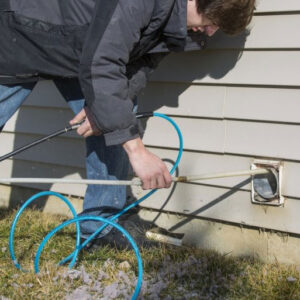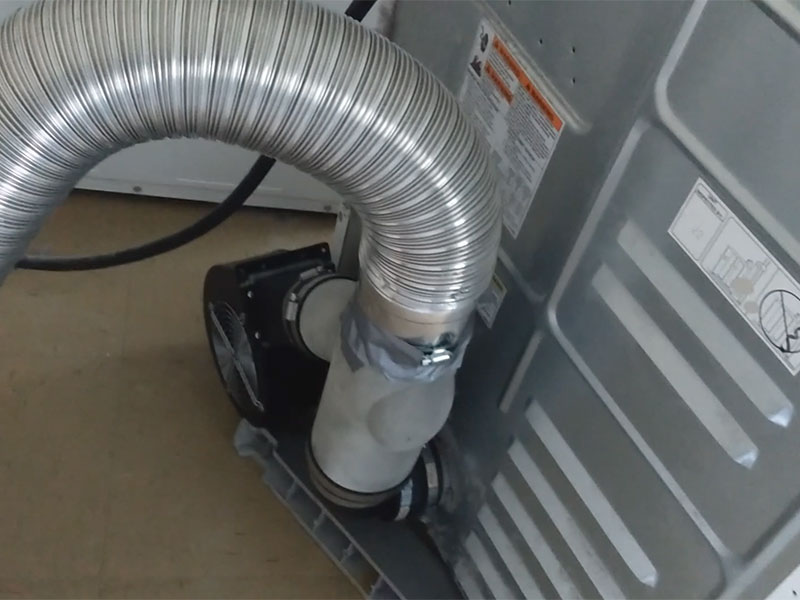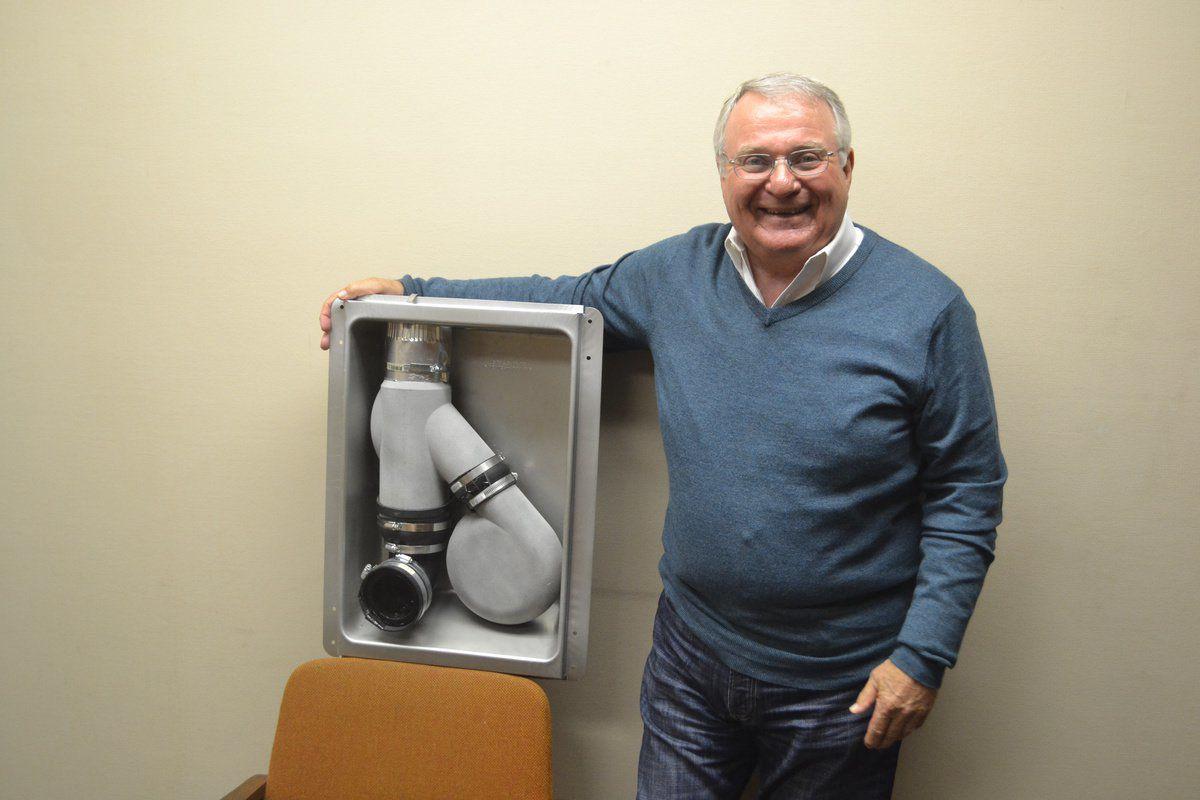...









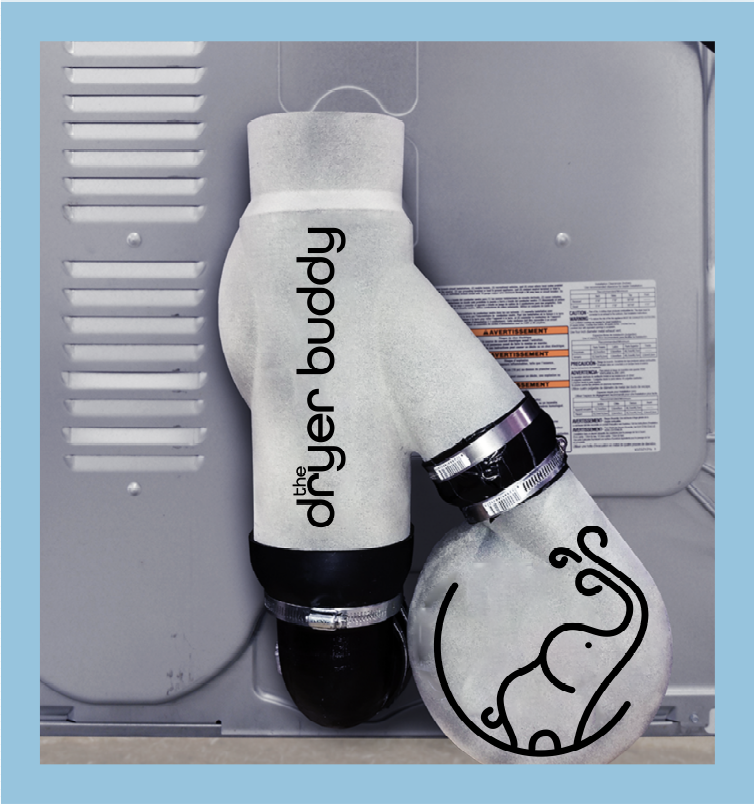
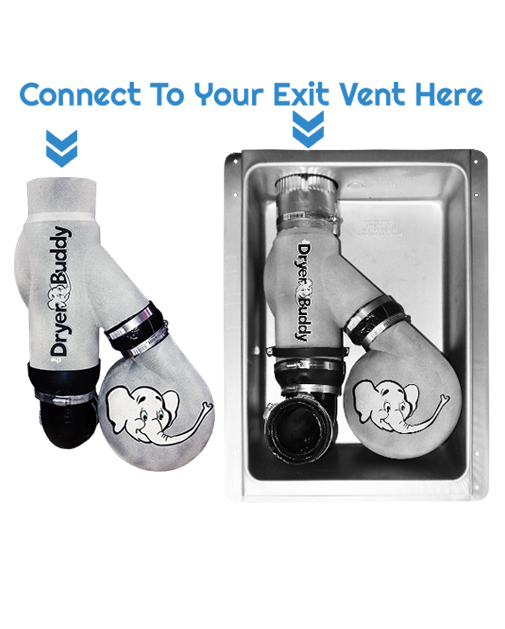
The Dryer Buddy is the only AUTOMATED DRYER AND DRYER VENT CLEANING SYSTEM IN THE WORLD. Truly one of a kind. Once you connect The Dryer Buddy to your dryer, just turn your dryer on, turn on The Dryer Buddy. “MAGIC OCCURS,” with the help of Optimized Air Flow Technology. A Vortex Vacuum occurs and the lint inside your dryer is sucked out and the lint in your vents is blown out in a matter of minutes (recommended 2 minutes).
The Dryer Buddy In the News
Why The Dryer Buddy
With The Dryer Buddy attached to your dryer 2 things will happen:
1. No Lint Build UP in your dryer or dryer vents (the #1 cause of dryer fires!).
2. 100% energy efficiency occurs (save on your electricity usage).
BUDDY KNOWS DRYERS
Regular Servicing
![]()
![]()
Experts suggest that the primary cause of clothes dryer fires is failure to clean and maintain them.
Read More
Free of Flammables
![]()
![]()
![]()
Dryer lint is not the only flammable that should be considered and kept clear of the heat of the dryer unit.
Read More
Clean the Lint Filter
![]()
![]()
![]()
The most common sources of ignition in dryer fires are household dust and lint.
Read More
Do Not Overload
![]()
![]()
![]()
![]()
It’s easy to procrastinate on laundry, especially when you have a busy schedule.
Read More
If Your Clothes Aren’t Dry
![]()
![]()
![]()
![]()
If your clothes are not dry after running a load, your vents are clogged stop using until you clean your vents. Don’t let your dryer catch fire.
Read More
Never Run The Dryer…
![]()
![]()
![]()
![]()
When You Leave Home or Are Sleeping!
Read More
Install a Dryer Buddy, keep you dryer and dryer vents clean from lint build up.







